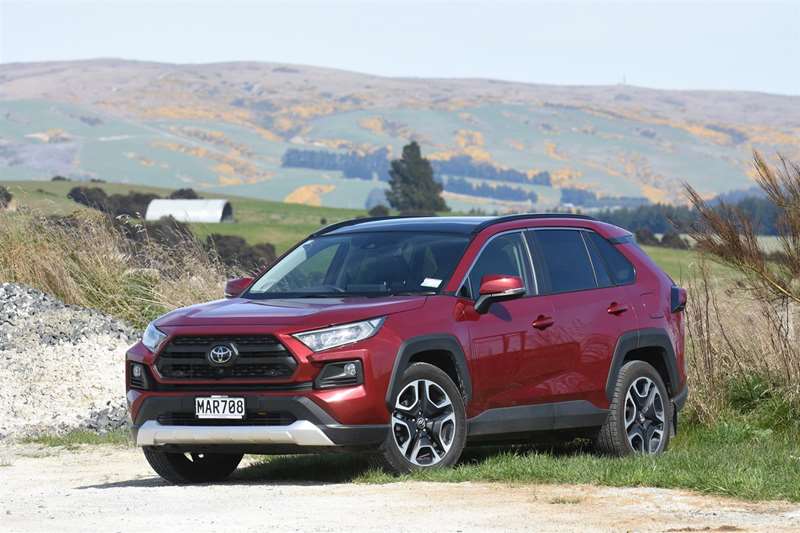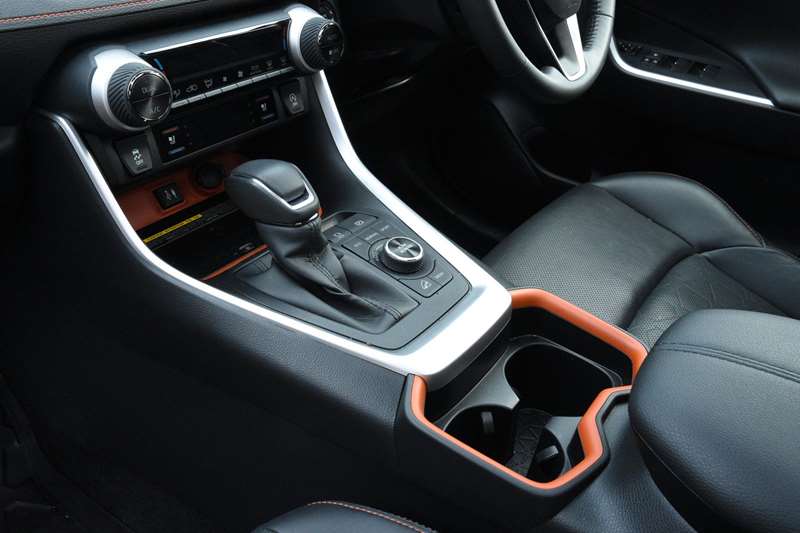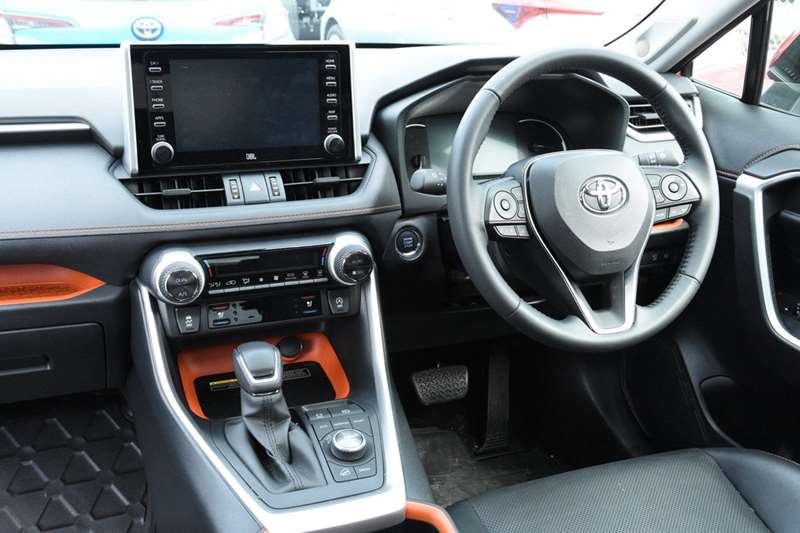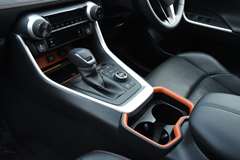Can the all-wheel drive petrol-powered RAV4 match the hybrid version tested earlier in the year? David Thomson gets behind the wheel of the popular Toyota to find out.
What’s new?
The latest iteration of the Toyota RAV4 is no stranger to these pages.
We marked the arrival of this new fifth-generation model with a preview in April and a full test of the Hybrid model in August. That hybrid broke new ground as the first RAV4 to secure a four-and-a-half star Drivesouth test rating (out of a maximum of five stars).
In this test, the spotlight turns to the conventionally-powered all-wheel-drive offerings in the range. Badged as the GXL AWD and Adventure, these two models feature 2.5 litre petrol engines mated with eight-speed automatic transmissions.
As is the case with the hybrid powertrain, the 2.5 litre petrol engine is only available in combination with all-wheel drive (there is a 2.0 litre front-wheel-drive RAV4 in the mix, too). During everyday operation, the AWD system functions largely in front-wheel drive mode. However, when conditions demand it, the system can send up to 50% of power and torque to the rear wheels.
Pricing opens at $42,490 for the GLX AWD, while the Adventure is $49,990. This compares to a price range of $41,990 to $51,990 for the hybrid AWD in its various guises, and $35,490 to $45,490 for the front-wheel drive RAV4 models.
What comes as standard?
A safety-first focus is apparent across the entire RAV4 range. Its safety suite includes active radar cruise control, pre-collision autonomous braking (with pedestrian and cyclist detection), lane tracing and active cornering assistance, road sign recognition, auto-dipping headlights, blind spot monitoring, and rear cross-traffic alert. The Adventure adds a hill descent control system and has a 360-degree panorama camera system rather than a conventional reversing camera.
Comfort and convenience features on the GXL AWD include satellite navigation, dual zone climate control, keyless entry and push button start, and a six-speaker sound system. There’s also wireless phone charging and several USB plug-ins, including two for the rear seats and another pair in the centre console.
The Adventure adds a power-operated tailgate, premium nine-
speaker JBL hi-fi system, a panorama sunroof, synthetic leather-trimmed seats (heated and chilled up front, with the driver’s power adjustable), and a seven-inch digital instrument display in addition to the usual centre colour touchscreen.
What’s it like to look at?
We have commented previously on the sharp and somewhat angular appearance of the new RAV4, which is longer in the wheelbase and a little wider, but actually shorter overall and slightly lower than its predecessor.
This new look finds its boldest expression on the Adventure, with black grille, unique nose and metallic finish to its front and rear scuff plates. The choice of 235/55 R19 tyres over the GXL’s 225/60 R18s contribute to the Adventure’s particular presence.
What’s it like inside?
A spacious and comfortable interior is a key attribute, with ample room in both seating rows and the front seats, in particular, being very comfortable.
Boot space varies within the range: the GXL AWD has a 542 litre boot capacity, whereas the Adventure delivers a superior 580 litres by dispensing with a full-sized spare wheel in favour of a space saver.
Build quality, fit and finish impressed on both models tested.
The GXL is conservatively trimmed, while the Adventure spices things up with splashes of orange in the seats and stitching, in the base of oddments trays, and as edging for the wireless charger tray and front cup-holders. These dashes of colour work well enough, but are restricted entirely to the front of the cabin.
The Adventure is also fitted with sturdy rubber floor mats rather than conventional carpet mats. So, while a far cry from the hose-out interior of the basic off-roaders of old, its cabin should be ideal for outdoors types returning muddy or damp from various pursuits.
What’s it like to drive?
Like the wider RAV4 family and most other relatively recent Toyota models of similar size, the petrol all-wheel drive models use Toyota’s Next Generation Architecture (TNGA) platform. As has already been seen with those other recent models (including Corolla and Camry), the move to TNGA has been hugely beneficial in terms of handling and refinement.
The 2.5 AWD models differ from other RAV4s in engine and use of a conventional eight-speed automatic rather than continuously variable transmission (CVT). The Adventure also boasts electric torque vectoring to shift power between the rear wheels and an extended suite of dial-up drive modes, including options specifically designed to optimise traction and balance in
mud/sand and rock/dirt.
There’s little to pick dynamically between the GXL and Adventure in everyday motoring — both are light and easy to steer around town, fuss-free and commendably quiet once settled on the highway cruise. The GXL’s tyres give it a slight edge for ride comfort and aural refinement.
The 2.5 litre engine is a fraction noisy under hard acceleration, in part because it has to be worked more than the torque-laden powertrain of the RAV4 hybrid to generate brisk acceleration. It’s also far less economical, with standard cycle consumption figures of 4.8l/100km for the hybrid and 6.7/100km and 6.8l/100km for the 2.5 GXL and Adventure respectively.
On-road handling is very good by SUV standards, with both models displaying a pleasing level of agility. The Adventure, helped by its torque vectoring and wider tyres, is the better balanced machine when pushed through twists and turns.
The gap between the pair opens further on loose surfaces, with the Adventure’s special mud and dirt modes giving it a surefooted feel in tricky conditions. That said, its relatively wide tyres tend to float across, rather than dig into, thick gravel, and even with 200mm of ground clearance, it is very much an SUV of the soft-road rather than off-road ilk.
Verdict
The new RAV4 2.5 AWD is an unequivocally better machine than its predecessor. However, the introduction of an excellent hybrid option begs the question of which is the better choice for the private buyer. Right now, as good as the petrol version is, I favour the hybrid.












